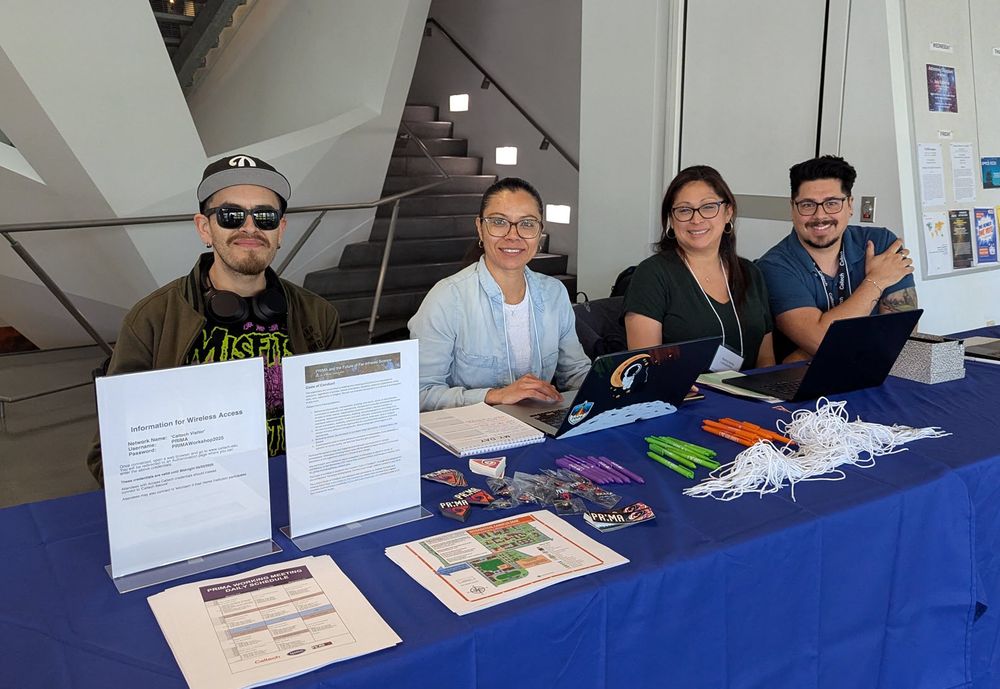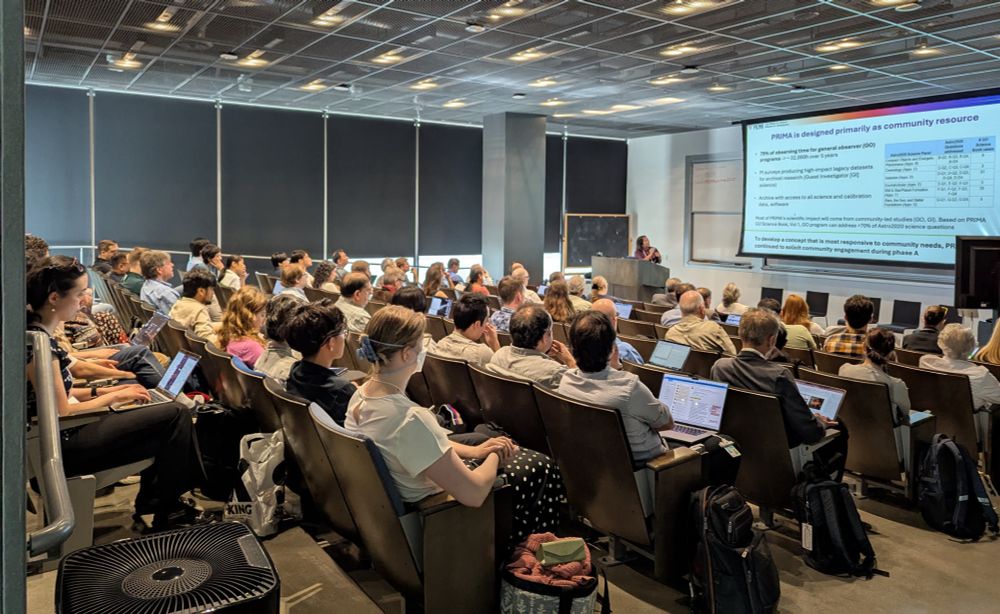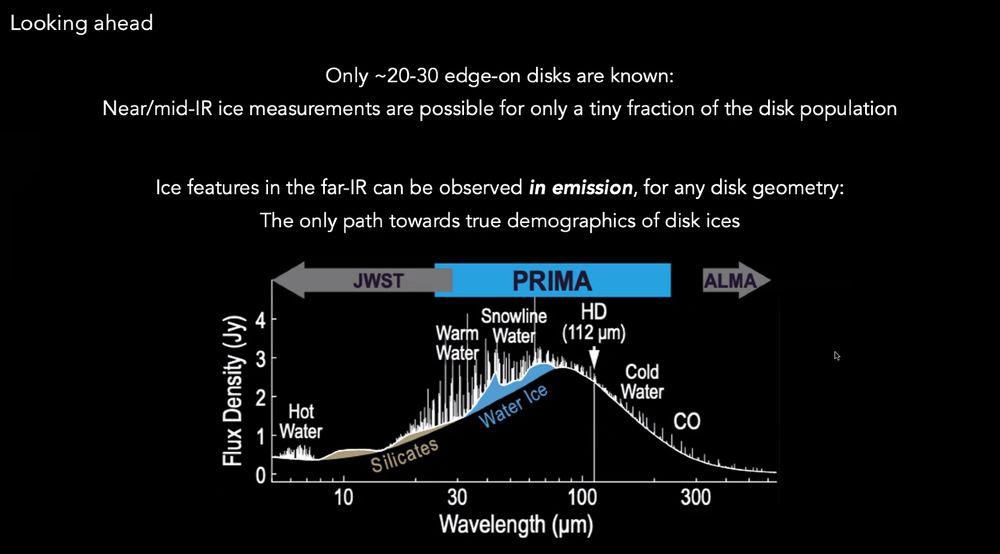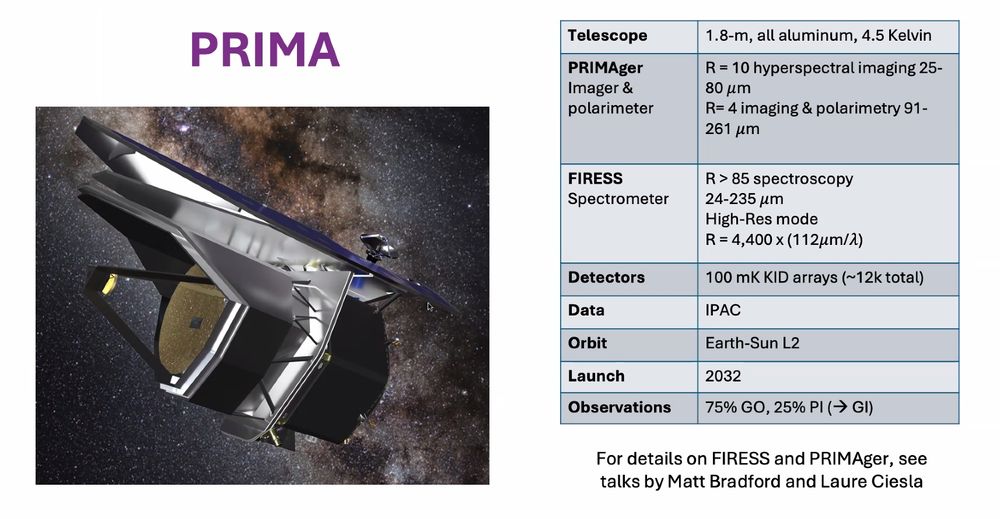PRIMA probe
@prima-probe.bsky.social
120 followers
42 following
48 posts
PRIMA is a far-IR probe concept for the 2030s that will reveal how abundant elements are built up in galaxies over cosmic time, and follow them as they become the molecular building blocks of new planets! https://prima.ipac.caltech.edu/
Posts
Media
Videos
Starter Packs
Pinned
PRIMA probe
@prima-probe.bsky.social
· Jan 13
PRIMA probe
@prima-probe.bsky.social
· Sep 3
Reposted by PRIMA probe
Reposted by PRIMA probe
Reposted by PRIMA probe
PRIMA probe
@prima-probe.bsky.social
· May 19
PRIMA probe
@prima-probe.bsky.social
· May 19
Reposted by PRIMA probe
PRIMA probe
@prima-probe.bsky.social
· Mar 24
PRIMA probe
@prima-probe.bsky.social
· Feb 26















